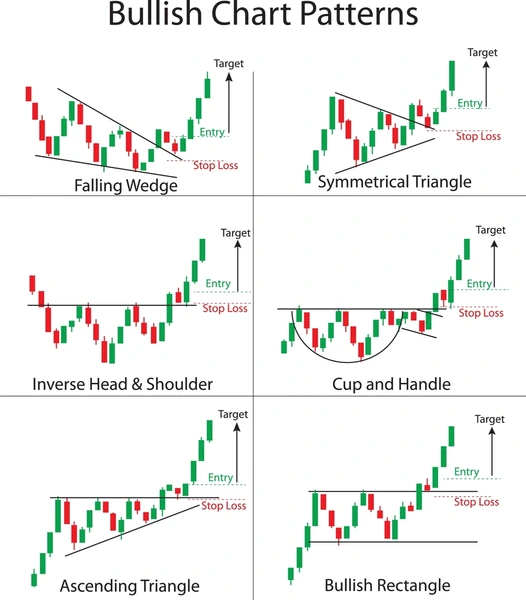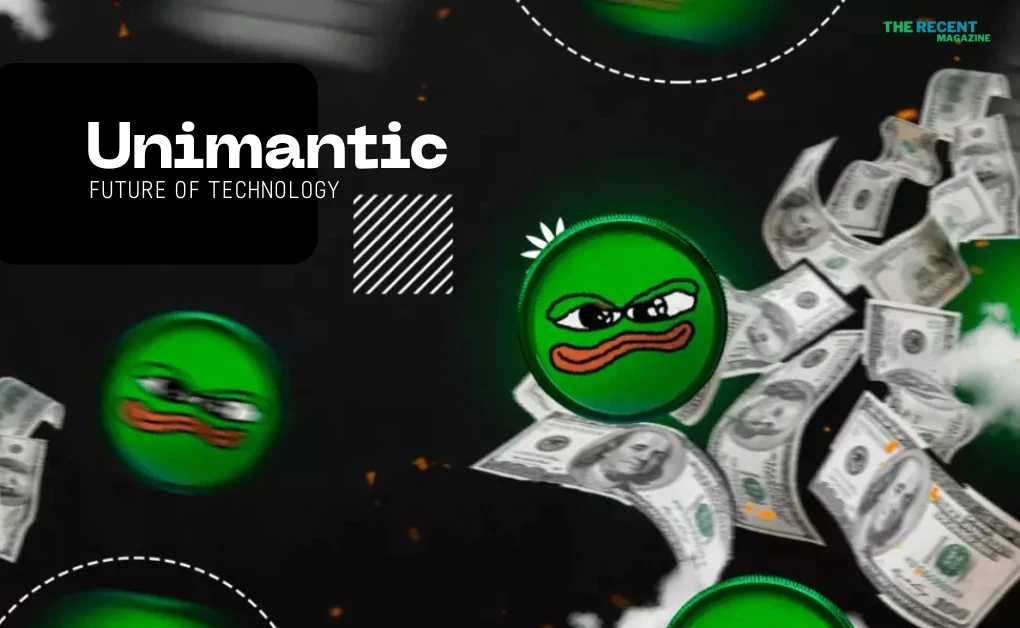Now Reading: Lincoln Wheat Penny Value: Unlock Hidden Treasure Today
-
01
Lincoln Wheat Penny Value: Unlock Hidden Treasure Today
Lincoln Wheat Penny Value: Unlock Hidden Treasure Today

Do you have a Lincoln Wheat Penny Value tucked away somewhere? You might be sitting on a small treasure without even knowing it.
These classic coins, minted between 1909 and 1958, are more than just spare change—they can hold surprising value depending on their year, mint mark, and condition. Whether you’re a curious collector or just want to check your pocket change, understanding what makes a Lincoln Wheat Penny valuable can turn a simple coin into a prized collectible.
Keep reading to discover which pennies are worth the most and how to spot the hidden gems in your collection. Your next valuable find could be closer than you think!
Rare Lincoln Wheat Pennies
Rare Lincoln Wheat pennies are highly sought after by collectors. Key dates and mints include coins from the 1914-D, 1922 no D, and 1931-Syears. These coins have very low production numbers, making them scarce and valuable.
Low mintage examples often bring higher prices. For instance, the 1914-D penny was minted in limited quantities in San Francisco. The 1931-S pennyis another rare find from the Great Depression era with few surviving pieces.
Designer initials varieties are coins with small marks or letters near Lincoln’s shoulder. The initials VDB stand for Victor David Brenner, the coin’s designer. Some pennies have these initials missing or doubled, which can increase their value.
| Year & Mint | Special Feature | Value Impact |
|---|---|---|
| 1914-D | Low mintage San Francisco coin | High value |
| 1922 no D | No mint mark on Denver coin | Very rare |
| 1931-S | Scarce Great Depression coin | Highly sought after |
| 1909 VDB | Designer initials on reverse | Valuable variety |
Error Coins To Spot
Doubled Die Varieties show clear doubling of letters or numbers. This happens during the coin’s creation. The doubled images make the penny more valuable.
Mule Coins are rare coins with mismatched designs on the front and back. These errors are accidental but highly sought after by collectors.
Broad and Off-Center Strikes occur when the coin is not properly aligned during striking. This causes parts of the design to be cut off or stretched. Such errors can raise the coin’s worth.
| Error Type | Description | Why It Matters |
|---|---|---|
| Doubled Die | Letters or numbers look doubled | Rare and increases value |
| Mule Coins | Wrong design on one side | Very rare, highly collectible |
| Broad Strike | Design spread out too wide | Unusual and valuable |
| Off-Center Strike | Design shifted from center | Unique error, boosts value |
Factors Influencing Value
Mint year and location greatly affect Lincoln Wheat Penny value. Some years had very low production, making those pennies rare. Pennies from the San Francisco (S) mint or Denver (D) mint can be more valuable than those from Philadelphia. Coins made during tough times, like the 1931-S penny, are often worth more.
Condition and grade matter a lot. Coins that look new or have little wear are worth more. A penny with clear details and no scratches is more valuable. Grading systems help collectors understand the coin’s quality.
Rarity of errors can increase value. Errors like doubled letters, off-center strikes, or mule coins are special. These mistakes make coins unique and sought after by collectors.
Material composition also plays a role. Most Lincoln Wheat Pennies are made of copper, but some rare ones have different materials. For example, aluminum trial coins are very rare and valuable.
Notable Valuable Pennies
The 1914-D Lincoln Wheat Penny is a key date coin. It was made in Denver with a very low number of coins minted. This makes it rare and valuable, especially if it looks nice and has little wear.
The 1931-S penny is scarce because it was made during the Great Depression. The San Francisco mint produced fewer coins this year. Collectors pay more for this coin when it is in good condition.
The 1943 Steel Penny Error is unusual. Most pennies in 1943 were made of steel, but some rare ones were made of copper by mistake. These errors are very valuable because they are rare and collectors want them.
Authentication And Grading
Professional certification helps confirm a Lincoln Wheat Penny’s authenticity. Experts grade coins based on condition, rarity, and errors. This grading affects the coin’s market value greatly. Certified coins come with a sealed holder and a unique number for tracking.
Certification benefits include trust for buyers and sellers. It reduces risks of counterfeit or altered coins. Certified coins often sell for higher prices due to verified quality.
Recognizing authenticity without professional tools can be tough. Certified grading provides objective evaluation and helps avoid mistakes. It ensures the penny is genuine and graded fairly, which is important for collectors and investors alike.
How To Identify Valuable Coins
Spotting design details is key to find valuable Lincoln Wheat pennies. Check the date and lettering closely. Some coins have doubled letters or numbers, which makes them rare. Also, look at the designer’s initials near the bottom of the coin. These small marks can increase value.
Detecting mint mark variationshelps identify coins from different mints like “D” for Denver or “S” for San Francisco. Some mint marks are rare and add value. Coins without mint marks were made in Philadelphia. Mint marks are found just below the date.
Assessing coin condition is very important. Coins with little wear or scratches are worth more. Look for coins with clear details and no damage. Grading ranges from poor to uncirculated. Even small differences in condition affect price.

Frequently Asked Questions
What Years Of Lincoln Pennies Are Valuable?
Lincoln pennies from 1909-S VDB, 1914-D, 1922 no D, and 1931-S are highly valuable. Error coins and well-preserved Wheat pennies also hold great worth. Mint marks and rare varieties boost their value significantly.
Why Are 1999 Pennies Worth $4,500?
1999 pennies worth $4,500 usually have rare minting errors or varieties, making them highly collectible and valuable.
What Years Of Wheat Pennies Are Valuable?
Wheat pennies from 1909-S VDB, 1914-D, and 1931-S are especially valuable. Rare errors and excellent condition increase worth.
Why Is A 1977 Penny Worth So Much?
A 1977 penny gains value mainly due to rare mint errors or unique varieties. Such mistakes increase collector demand and price.
Conclusion
Lincoln Wheat pennies hold both history and value for collectors. Some years and mint marks make pennies rare and worth more. Coins with errors or special designs often attract higher prices. Condition matters greatly; cleaner pennies fetch better value. Always consider professional grading to verify authenticity.
Collecting these pennies can be rewarding and educational. Keep exploring to find hidden treasures in your coin collection. Our all update get to visit our website: therecentmagazine.com


























